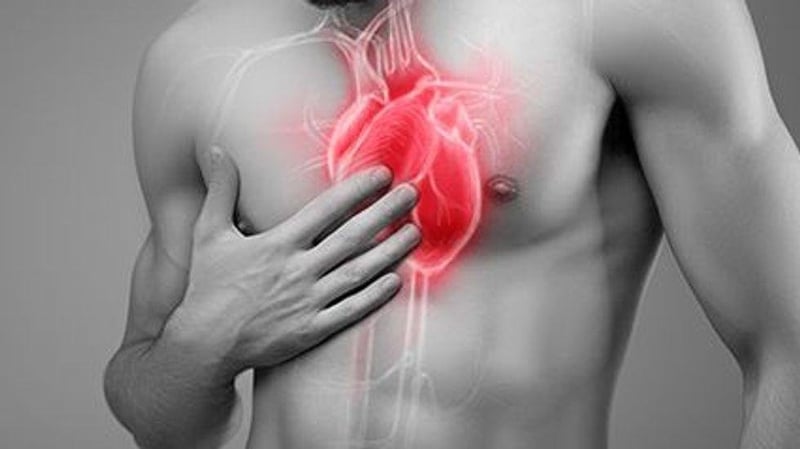Manténgase sano!

- Posted March 7, 2023
Stick-on Sensor Could Warn of Heart Failure Complications
A stick-on sensor may help keep people with heart failure out of the hospital, new research suggests.
Investigators found that when doctors had actionable information about patients' conditions, delivered remotely through this noninvasive device, it prompted them to adjust medications earlier and prevent complications from escalating. Patients with heart failure who used this device were 38% less likely to be readmitted to the hospital within 90 days.
The study was funded by Zoll Medical Corp., the developer of this heart sensor, called the µCor system.
Its ease of application and removal could make the device a more cost-effective alternative to an implantable sensor, according to the researchers. The findings were presented Monday at the American College of Cardiology annual meeting, in New Orleans.
"It's very exciting to have a positive result within the remote monitoring field,"said study author Dr. John Boehmer, a cardiologist and professor of medicine and surgery at Penn State University.
"Having a wearable technology is particularly encouraging because it gives you the opportunity to monitor a patient during a high-risk interval and then stop monitoring when they exit that high-risk interval," Boehmer said in a meeting news release.
About 6 million American adults have heart failure, when the heart is too weak or stiff to effectively pump blood to the rest of the body.
Patients typically monitor their condition by weighing themselves daily and watching for swelling, fatigue, shortness of breath and chest pain.
It's still common for patients to return to the hospital within months of an earlier hospitalization because of fluid buildup in the lungs.
The µCor system uses radiofrequency signals to assess someone's thoracic fluid index, a measure of fluid in the lungs. It's attached by an adhesive patch to the left side of the chest.
Researchers enrolled 522 people in the study, all within 10 days of hospitalization for heart failure. They then wore the monitor continuously for 90 days.
Half of the patients were in a control group, with no information sent to their doctor. Researchers were able to establish a threshold distinguishing between normal and elevated thoracic fluid levels using the control group, which started first.
In the other group, data was sent to their doctor with action alerts if their thoracic fluid level crossed the established threshold.
In addition to being 38% less likely to be hospitalized again, this group was also 38% less likely to experience heart failure-related emergency department visits or deaths.
"The challenge in remote monitoring studies is to get clinicians to react to the data,"Boehmer said. "Our temptation is to look at the data, but then manage patients as we always have managed patients. There was a clear threshold set up in this trial, and the clinicians did react to it. As a result, we saw treatment interventions that seem to have been effective."
When doctors would get the notifications, they would often prescribe diuretics to reduce fluid retention and increase the dosage for a patient's other heart failure medications.
The µCor system provides information about changes in the lungs before symptoms are more obvious, the researchers said.
Other devices for monitoring heart failure are implantable cardio-defibrillators (ICDs) and insertable loop recorders, which monitor for abnormal heart rhythms. There is also the shoulder-mounted ReDS system, which
monitors for fluid in the lungs.
Boehmer called the new device less bulky than the ReDS devices and less invasive than an implantable device, although a randomized, controlled trial is needed to confirm the findings. Research presented at meetings is considered preliminary until published in a peer-reviewed journal.
His team also plans to study how additional data collected by the device might also be helpful. This could include heart rate and breathing rate. The device may also be useful for monitoring patients with lung diseases in addition to heart failure, the researchers said.
More information
The U.S. National Heart, Lung and Blood Institute has more on heart failure.
SOURCE: American College of Cardiology, news release, March 6, 2023

